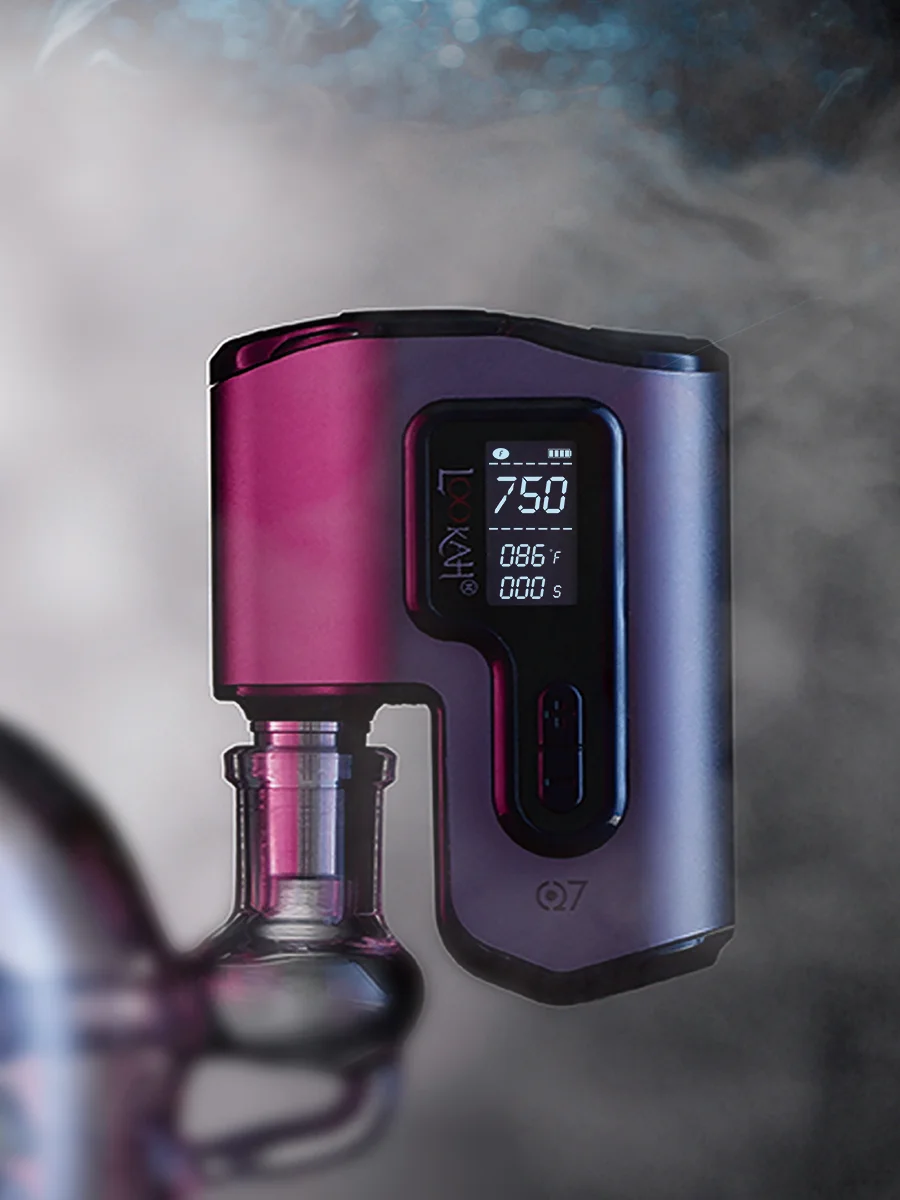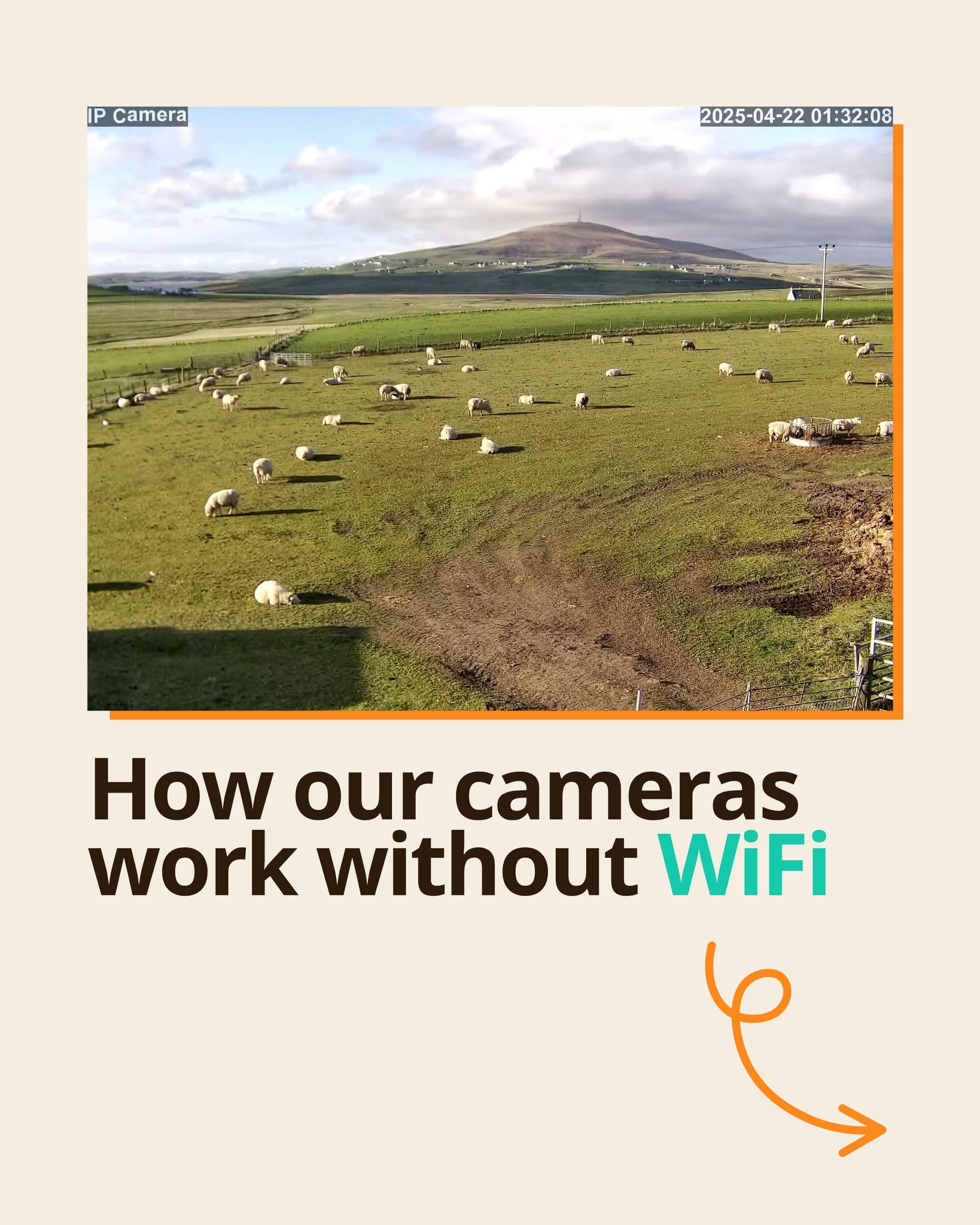Healthcare organizations today face increasing challenges in ensuring patient safety, maintaining compliance, and managing potential risks. The right Healthcare risk management software plays a critical role in identifying, analyzing, and mitigating risks while streamlining workflows for better outcomes. With numerous solutions available in the market, it is essential to understand the top features that make such software truly effective for healthcare providers. Choosing a robust and reliable system can significantly improve efficiency, reduce errors, and enhance patient safety across all levels of care.
User-Friendly Interface and Accessibility
One of the most important features to look for in healthcare risk management software is an intuitive and user-friendly interface. The software should be easy to navigate so that healthcare staff at all levels can use it without extensive training. Accessibility across devices, including desktops, tablets, and smartphones, ensures that employees can report incidents, access data, and monitor risk-related activities from anywhere. This flexibility improves adoption rates and encourages consistent usage, which is essential for effective risk management.
Comprehensive Incident Reporting and Tracking
Efficient incident reporting is the foundation of effective healthcare risk management software. The system should allow users to quickly log incidents, near misses, and safety concerns in real time. The ability to customize incident forms, categorize events, and attach supporting documents or images enhances the accuracy and detail of reporting. Furthermore, automated tracking and follow-up ensure that no incident is overlooked, helping organizations address issues promptly and prevent future occurrences.
Advanced Data Analytics and Reporting
The ability to analyze data is one of the most powerful advantages of healthcare risk management software. Built-in analytics tools can identify trends, pinpoint recurring issues, and highlight areas that require immediate attention. Customizable reporting capabilities enable administrators to generate detailed reports for regulatory compliance, board meetings, and quality improvement initiatives. Predictive analytics can also help forecast potential risks before they occur, allowing proactive measures to be taken.
Integration with Existing Systems
Healthcare facilities often use multiple software systems for electronic health records (EHR), compliance management, and operational tasks. Top-tier healthcare risk management software should seamlessly integrate with these systems to avoid data silos and duplication of efforts. Integration ensures that all risk-related data is synchronized, providing a complete and accurate picture of the organization’s risk landscape. This also enhances efficiency, as staff can access all necessary information without switching between platforms.
Regulatory Compliance Management
Compliance with healthcare regulations is non-negotiable, and healthcare risk management software should support this requirement. The system should help track compliance with local, state, and federal regulations, as well as industry standards such as HIPAA. Automated reminders for audits, certifications, and training can help organizations maintain compliance consistently. Additionally, the software should store compliance documentation securely, making it easily accessible during inspections or reviews.
Customizable Risk Assessment Tools
Every healthcare organization has unique risks depending on its size, services, and patient demographics. High-quality healthcare risk management software should offer customizable risk assessment tools to address specific needs. These tools should allow organizations to evaluate the severity, frequency, and potential impact of risks, providing a structured approach to prioritizing risk mitigation efforts. Customization ensures that the software aligns perfectly with the facility’s operational goals and safety priorities.
Secure Data Management and Privacy Controls
Given the sensitive nature of healthcare data, security is a top priority. Healthcare risk management software should feature advanced security measures, including encryption, access controls, and secure data backups. Role-based permissions ensure that only authorized personnel can access sensitive information. Compliance with data protection laws such as HIPAA is essential to avoid legal issues and maintain patient trust. Robust security features also protect against data breaches and cyber threats.
Workflow Automation
Manual processes can slow down risk management efforts and increase the likelihood of errors. Healthcare risk management software with workflow automation can streamline incident investigations, follow-up actions, and reporting tasks. Automated notifications and task assignments ensure that responsibilities are clear and deadlines are met. Workflow automation not only saves time but also improves accuracy and consistency in handling risk-related processes.
Scalability and Flexibility
As healthcare organizations grow or evolve, their risk management needs may change. Scalable healthcare risk management software can adapt to increasing data volumes, expanding teams, and new compliance requirements. Flexible solutions allow for adding new modules or functionalities as needed without disrupting existing operations. This ensures long-term value and reduces the need for frequent system replacements.
Real-Time Alerts and Notifications
Timely communication is essential in managing healthcare risks. The best healthcare risk management software should provide real-time alerts and notifications for incidents, compliance deadlines, and potential threats. This feature ensures that the right people are informed immediately, enabling quick responses that can prevent escalation. Real-time updates also enhance collaboration among teams and departments.
Conclusion
Selecting the right healthcare risk management software is a crucial decision that impacts patient safety, compliance, and operational efficiency. By prioritizing features such as user-friendliness, comprehensive incident reporting, advanced analytics, system integration, regulatory compliance support, customizable risk assessments, strong security, workflow automation, scalability, and real-time alerts, healthcare organizations can ensure they have a powerful tool for managing risks effectively. Investing in the right solution not only minimizes potential threats but also fosters a culture of safety and continuous improvement across the organization.
Top Features to Look for in Healthcare Risk Management Software


